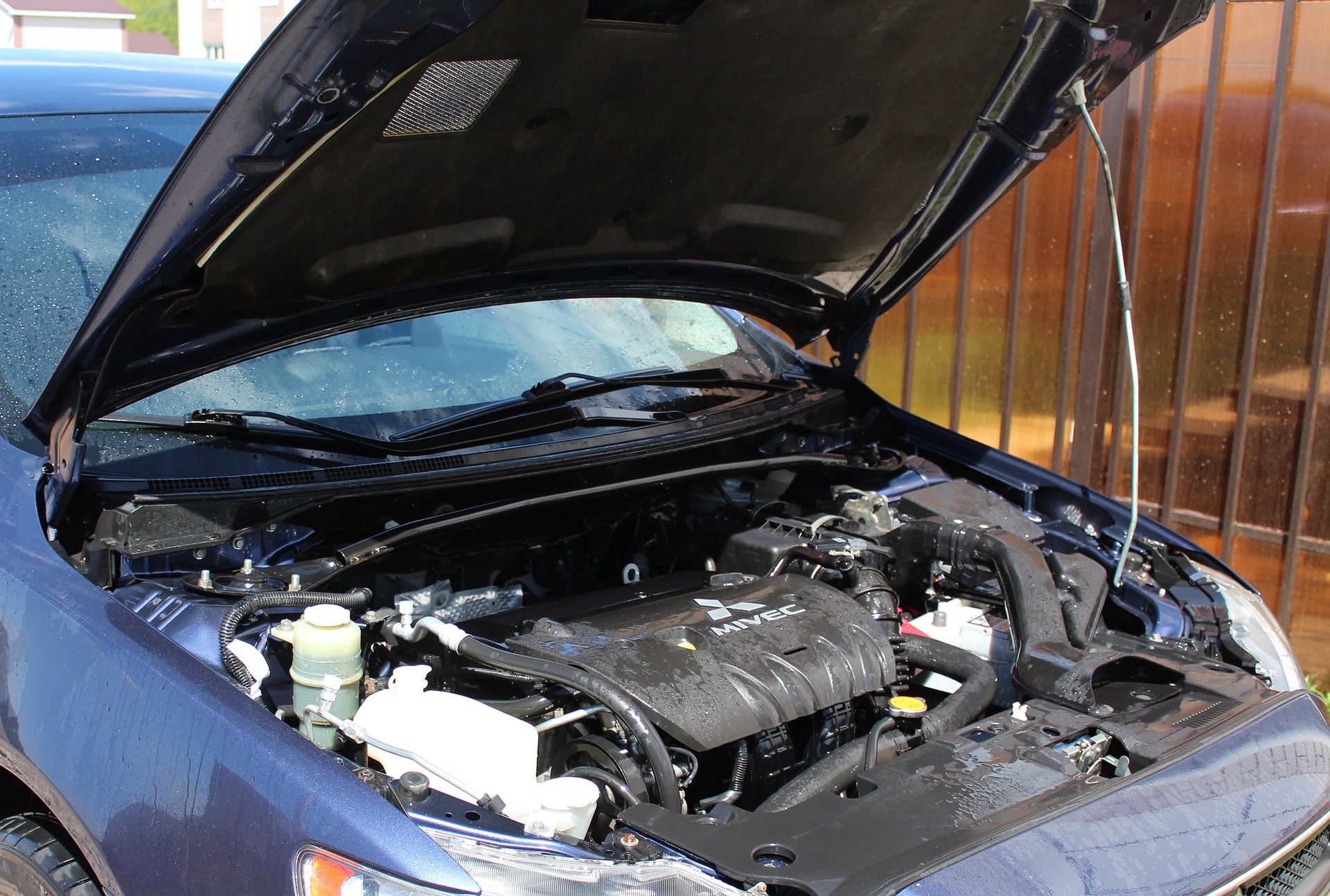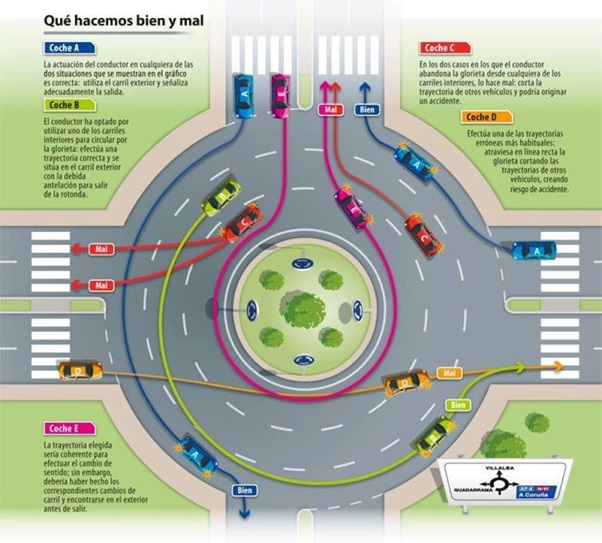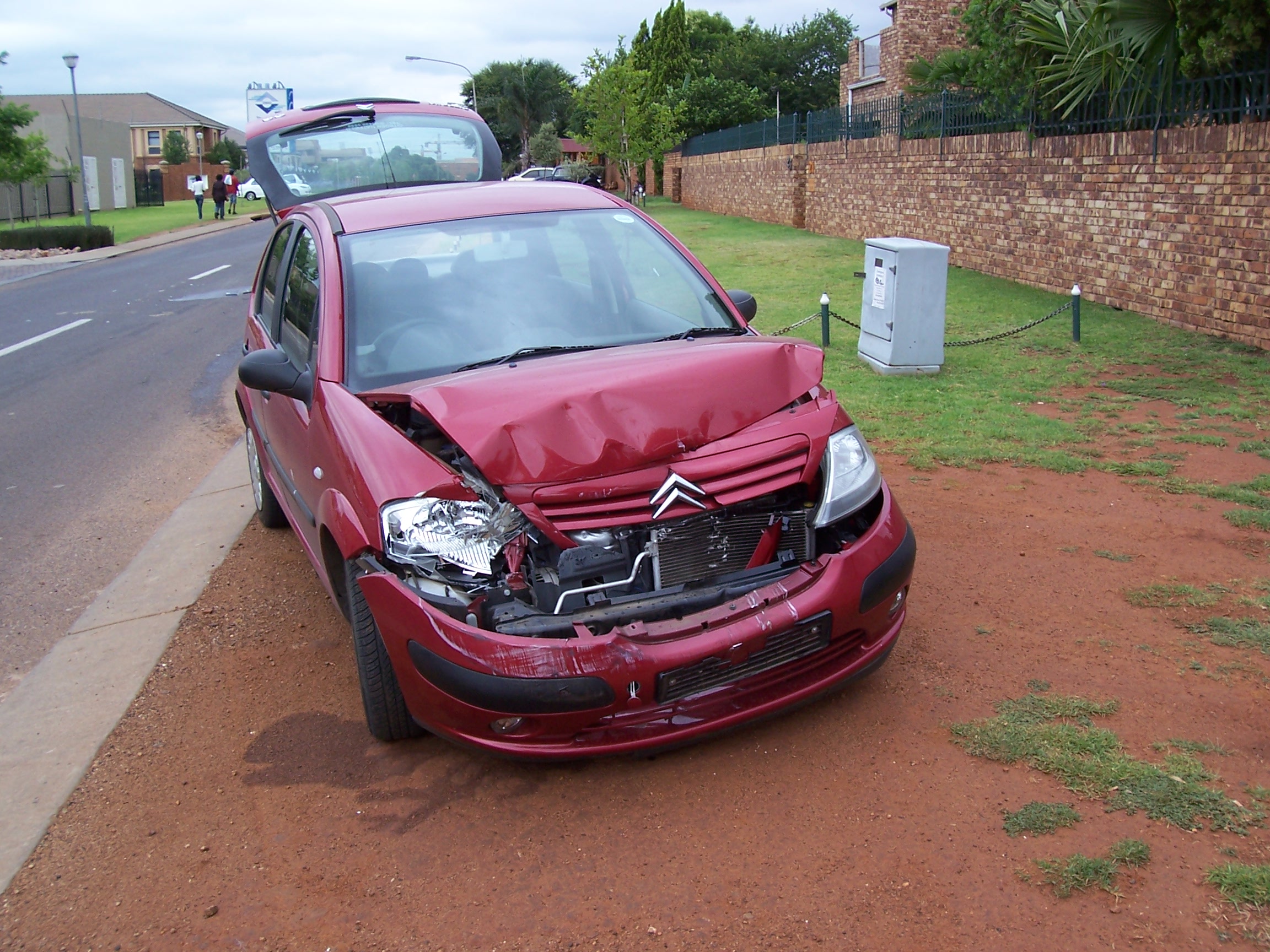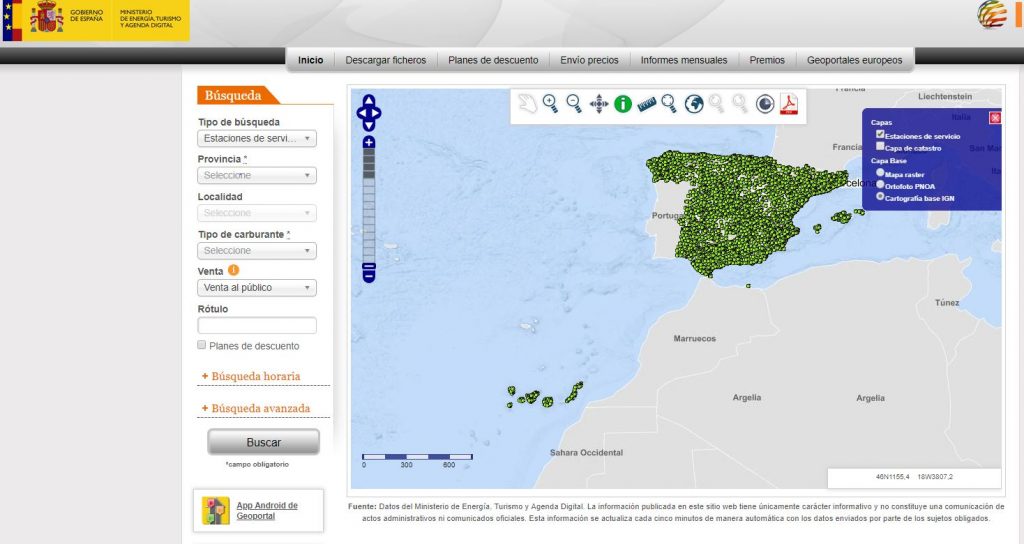You have got a reliable car in the UK. You’ve had it several years and you have always serviced it. It has caused few problems, just new tyres after the usual usage and a change of wiper blades.
Now you are setting-off to start a new life in Spain. The car has been good to you. You have heard that second-hand cars are expensive in Spain (you are right!). You need something to bring the contents of your wardrobe, the kids’ bikes and the youngsters themselves right?
Well, you could use it to transport your family and a small amount of your possessions but you may also be paying a removal company, if you have plenty of things you want to bring with you from your old life.
There actually might be some initial practical reasons to bring it but long-term a UK car is likely to become a nuisance. If you need it to transfer everyone to Spain and the cost of the ferry and fuel makes more sense than plane tickets, then initially it could be practical. However, at your earliest opportunity take the thing back to the UK, if the cost of the ferry back again makes it worth it, and sell it.
Whilst it is true the price for secondhand Spanish cars, sporting both scratches and dents, are expensive compared to UK prices there are some very practical reasons to bite the bullet and buy a Spanish car. Even though the effort to wash them is too much for the some sellers.
Firstly, the price for UK cars in Spain is not good. The market is limited, you need to find someone who has decided that Spain isn’t for them and they want to return to the UK.
If you now reside in Spain, you have a limited time in which to transfer your car from foreign registration plates to Spanish plates. It is time consuming, expensive (taxes and fees) and many companies have been able to set up whole businesses just to deal with it all for you.
Secondly, when you give your partner a kiss, as you park at the side of the road, they have to take their life in their hands as they step into the middle of the road. A short trip to buy that freshly baked baguette or pan integral you so love, and could smell at 50 metres distance before arriving, suddenly becomes a lot more adventurous and potentially dangerous.
Thirdly, Although the road system has improved significantly since Spain joined the European Union and the motorways would probably be the envy of most drivers that travel up and down the UK (especially the M25) there are still plenty of examples of bad planning. If you live on the popular and busy coastal resorts on the Costa Blanca or Costa del Sol, rapid expansion and thirst for profit often overlooked the necessary thought for appropriate slip roads.
The result is many urbanisations and even towns have poor or dare I say it dangerous access to the main dual carriageways or motorways, often with little or no slip road. This means that trying to look left over your shoulder across a passenger seat, whilst wearing your seatbelt, at traffic hurtling at more than one hundred kilometres per hour becomes more than just a challenge. You might be sat stationery trying to judge when is a good moment to enter the flow from a speed of zero while other vehicles, including speeding forty-tonne trucks, whizz by.
Another thing to consider, are car parks. If you are going shopping or visiting your partner in hospital following an unpleasant shopping trip to buy a loaf of bread (see above) then you need to consider the inconvenience of car park ticket machines. You pull up snuggly next to the machine and you can see the flashing button that says “pulsar”. You can see it of course out of the passenger window. If you have someone with you it isn’t too much of a problem. Press the electric window button and ask them to press the ticket machine button and extract the ticket.
 However, if you frequently travel on your own it means undoing your seatbelt, leaning across the passenger seat and stretching out of the passenger side window to remove the ticket. This of course has to repeated after paying for the time you have parked and leaving the car park.
However, if you frequently travel on your own it means undoing your seatbelt, leaning across the passenger seat and stretching out of the passenger side window to remove the ticket. This of course has to repeated after paying for the time you have parked and leaving the car park.
People who live in Spain, generally, pay less attention to the condition of their car. You will see a lot of cars with dents and scratches, especially on each corner. Bumpers seem to be used by some road users as a parking aid rather than protection in case of a small error of judgement. You will definitely see some cars for sale that make you say involuntarily, “How much!”
However, you didn’t move to Spain because you thought your car would be in better condition than elsewhere, or cheaper. You probably moved to Spain for a lifestyle change. Well this is one of them!
One final but very important point. If you continue to keep a car on UK plates you are obliged to have an up-to-date MOT certificate and current road tax. Without them you may find you don’t have valid insurance. If you are now living in Spain, you should of course be in the process of transferring from UK plates to Spanish. If not, then you will need to take the vehicle back to the UK annually for an MOT (an ITV is not valid) and you will also need to produce some documentary proof of your insurance the get your UK road tax.
Unless you have a classic car, or one you just can’t bear to be without, then take your right-hand drive car back to the UK, sell it for a fair price and buy an expensive left-hand drive Spanish car which will eventually make your life that much easier you will begin to forget how costly it was.









 On the left hand side you have a menu.
On the left hand side you have a menu.